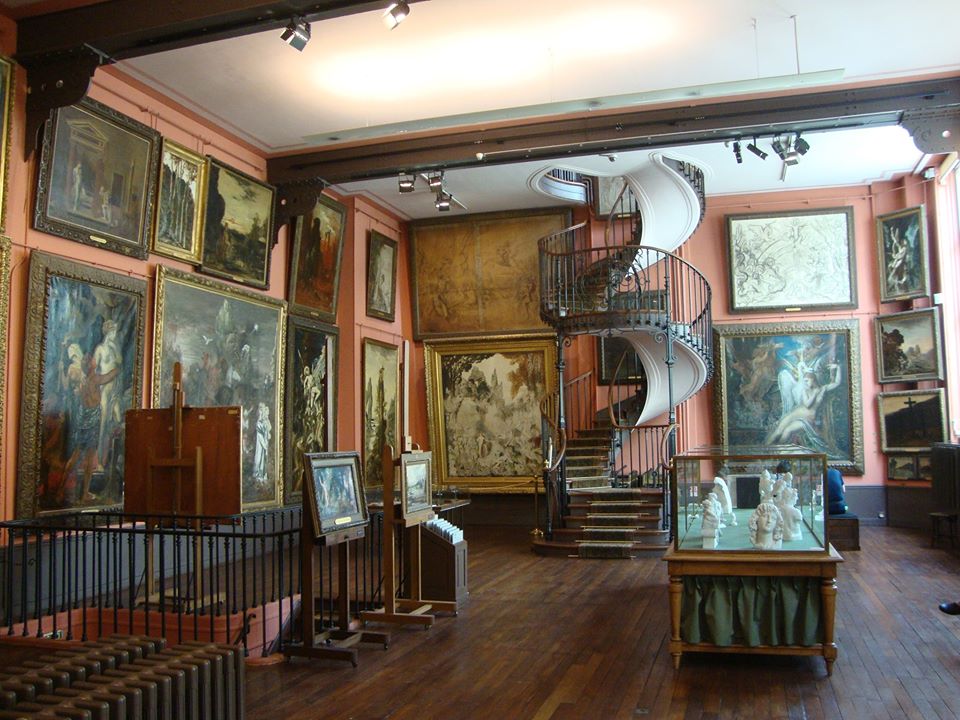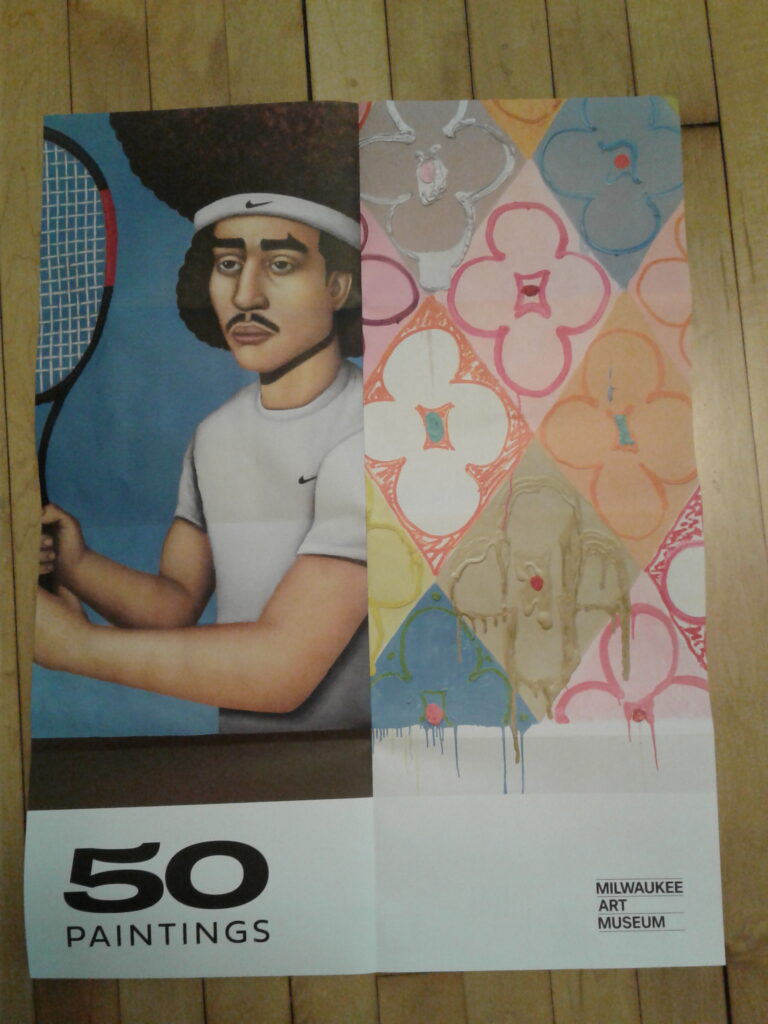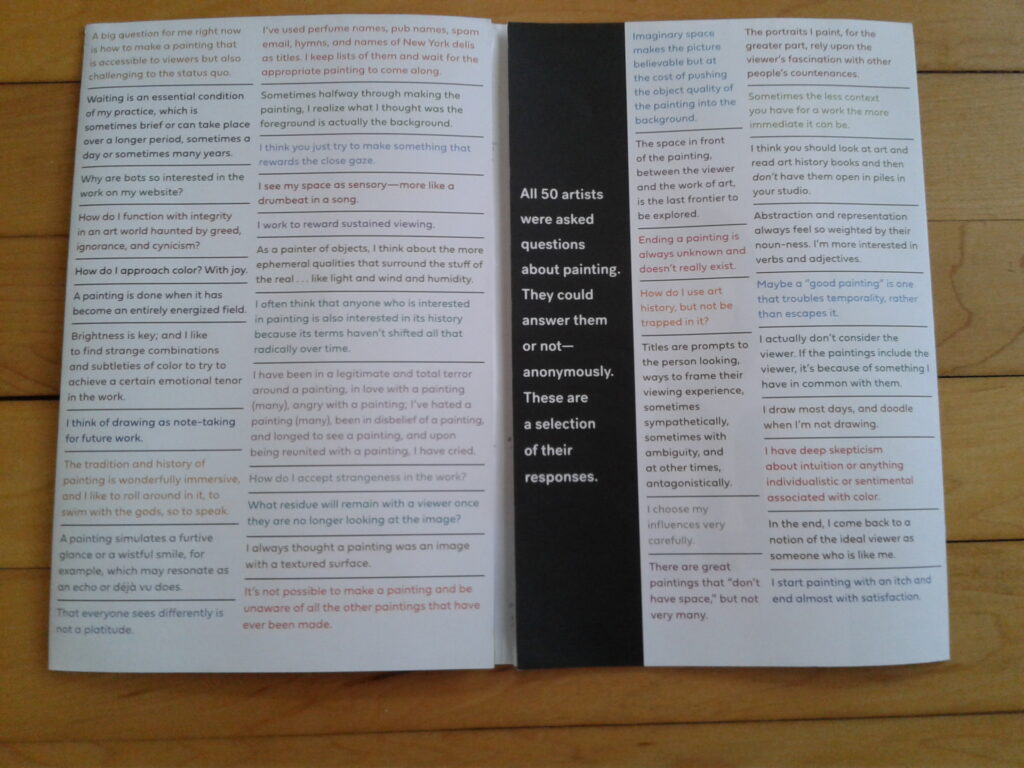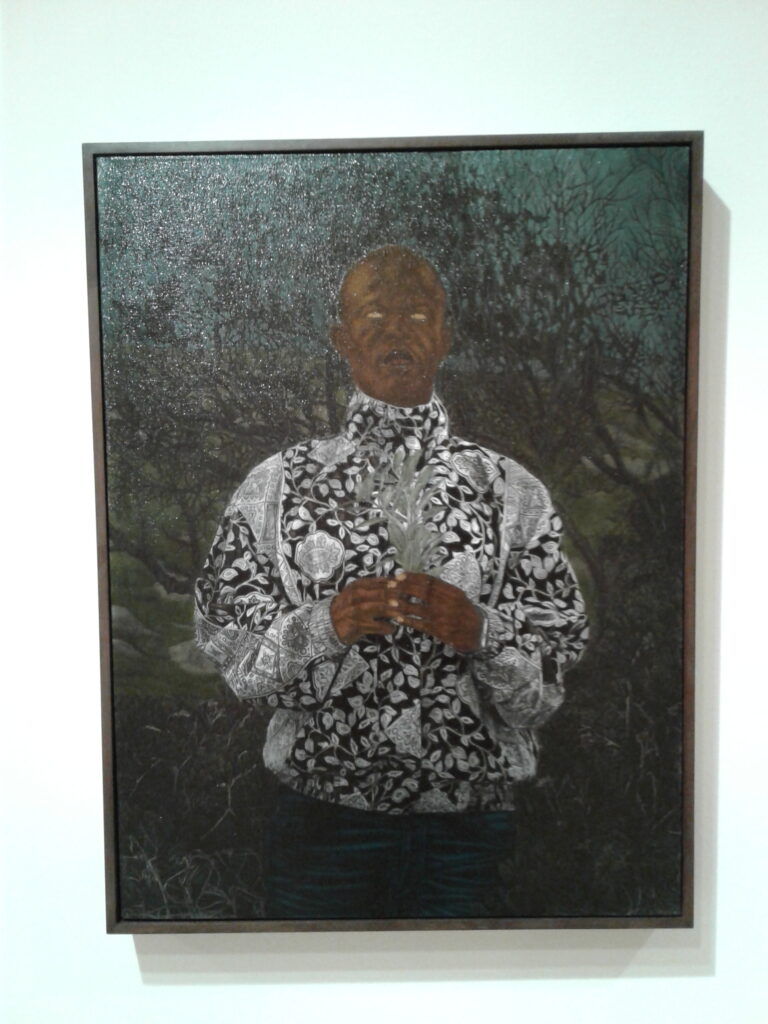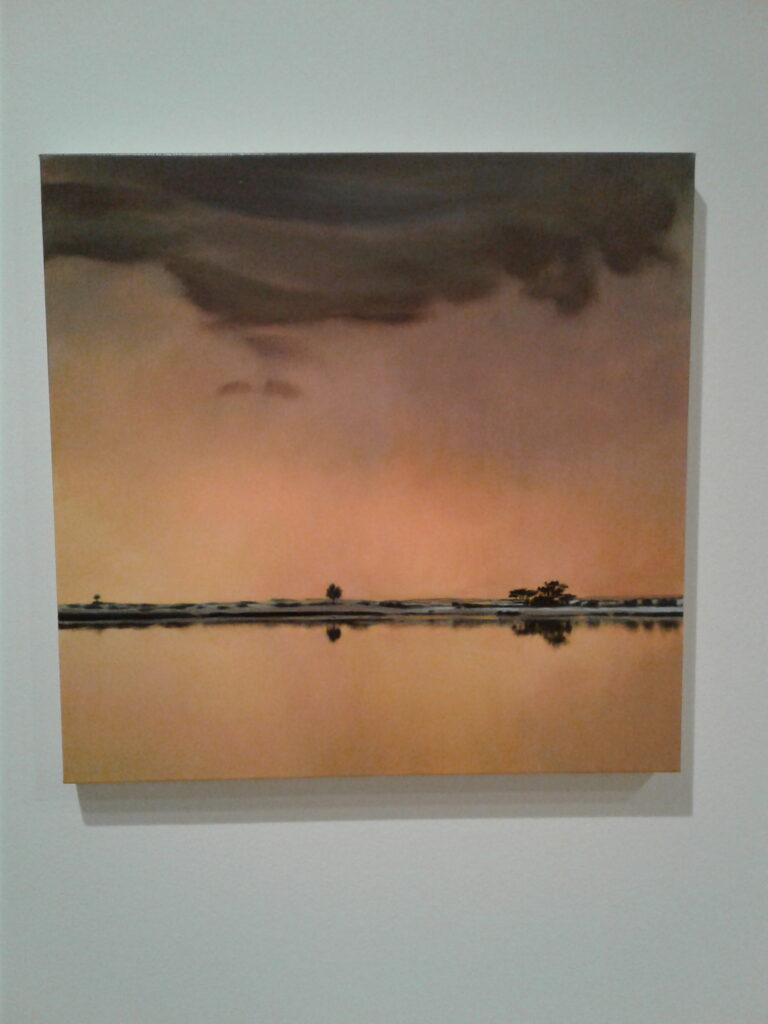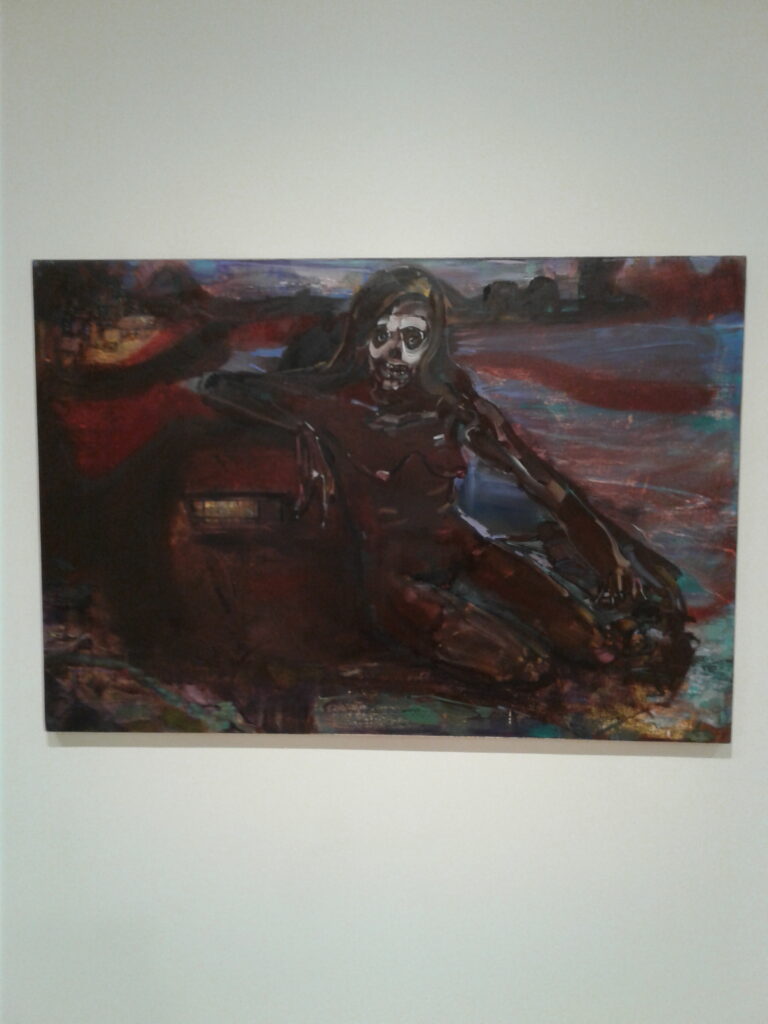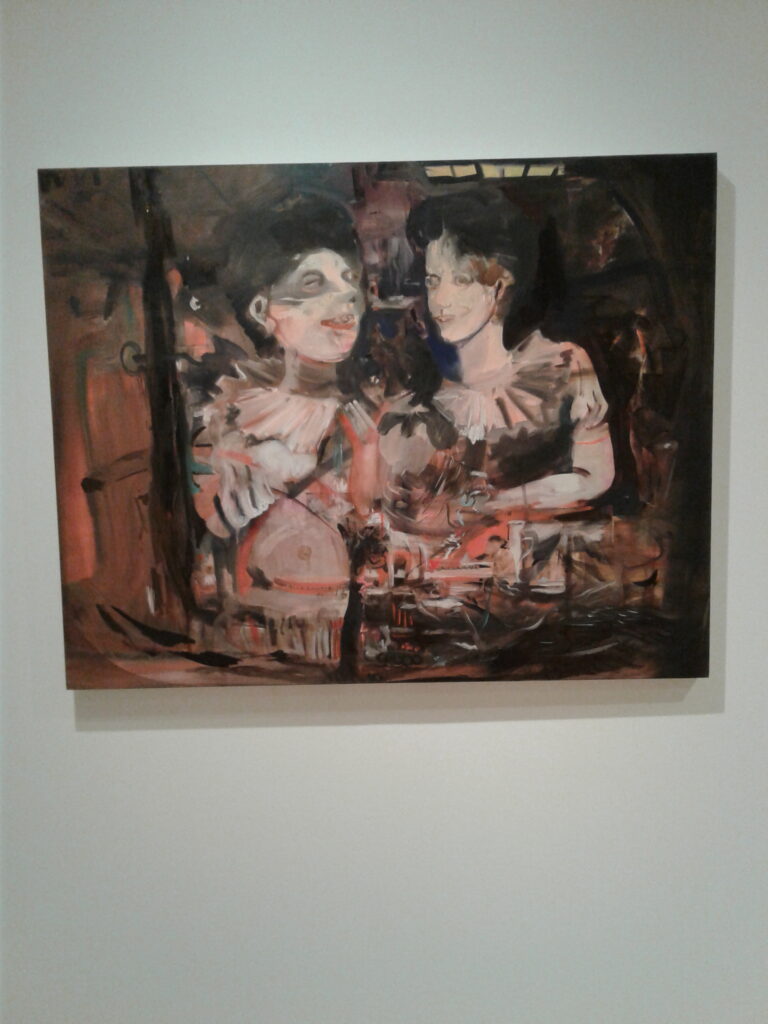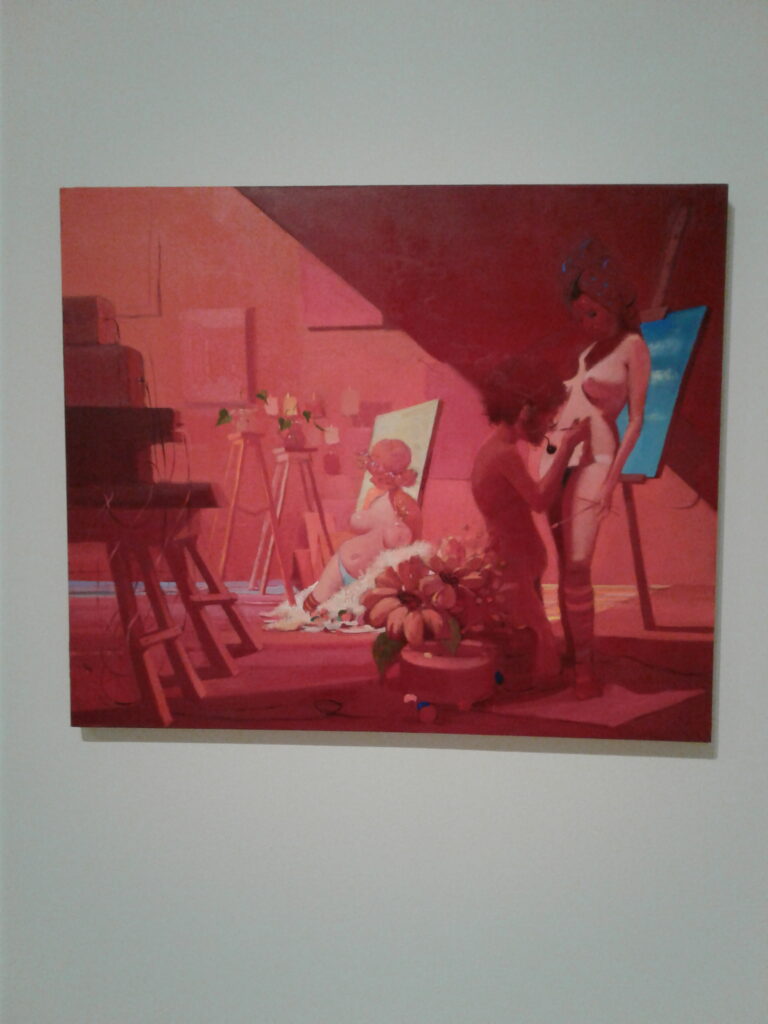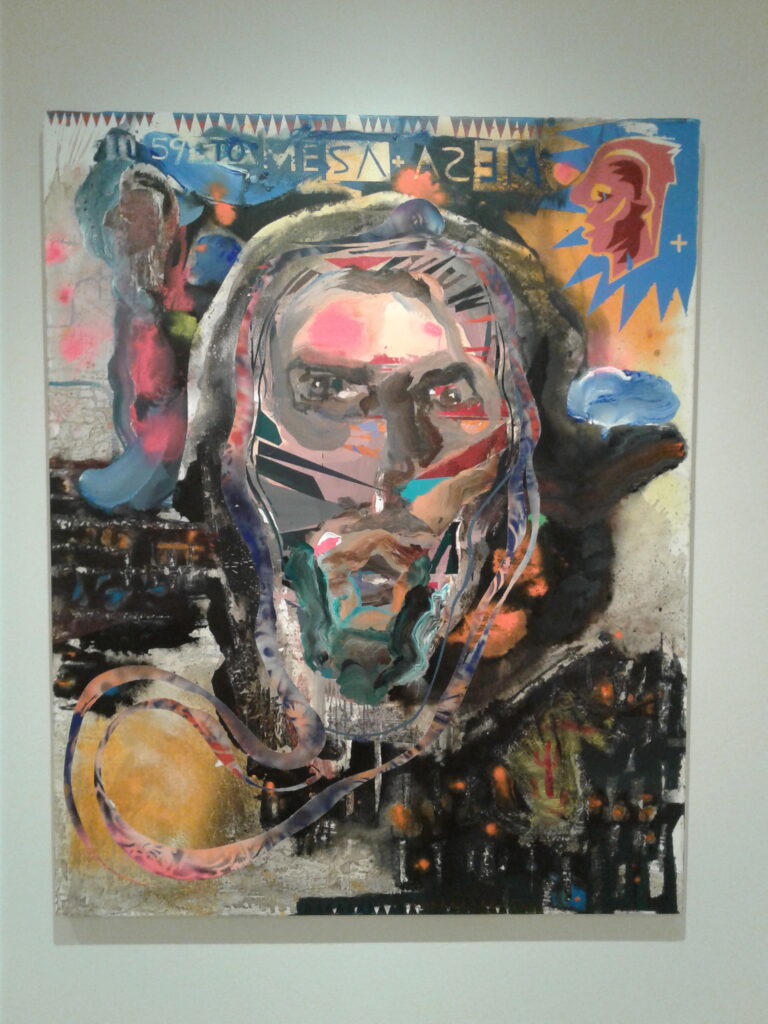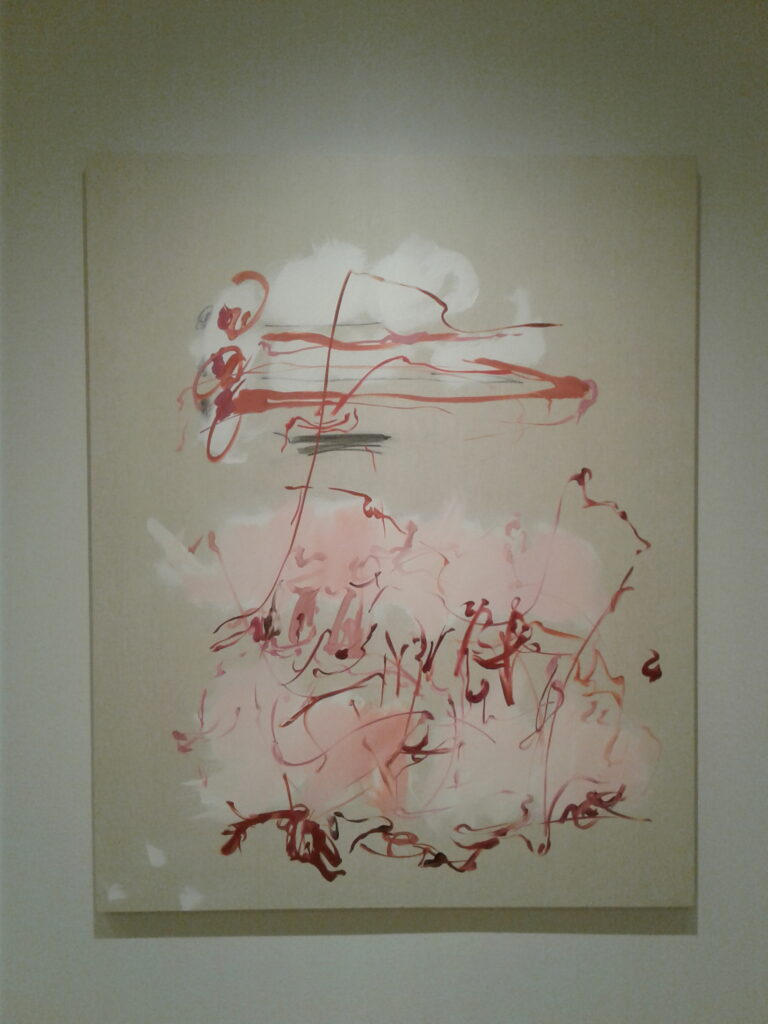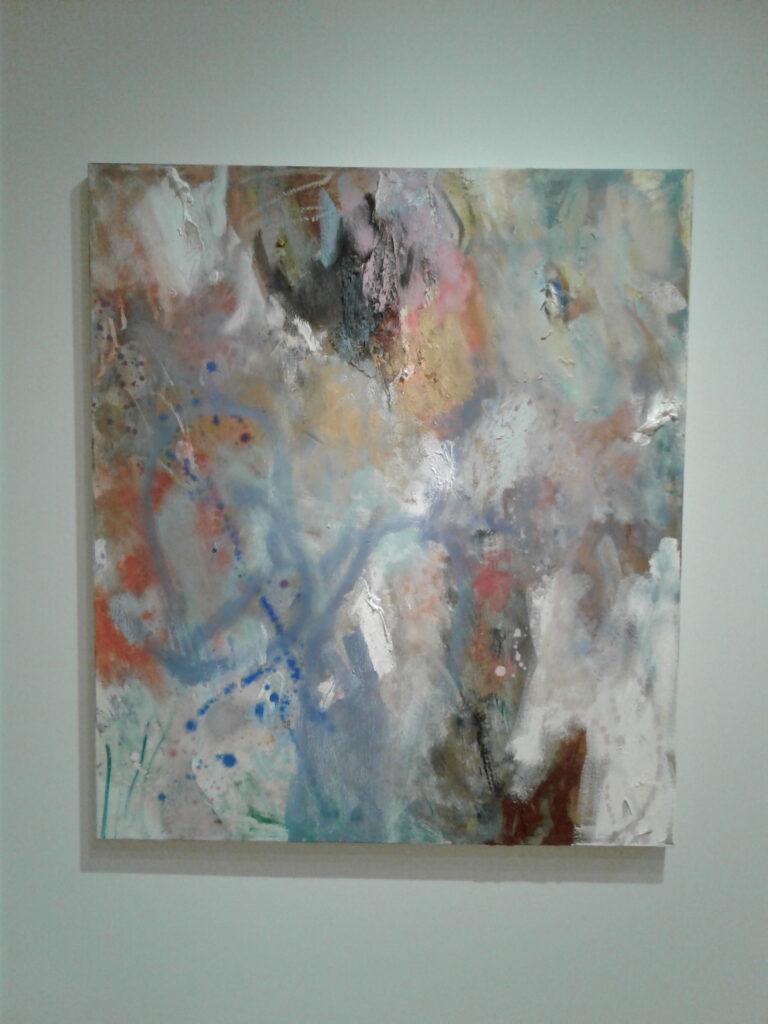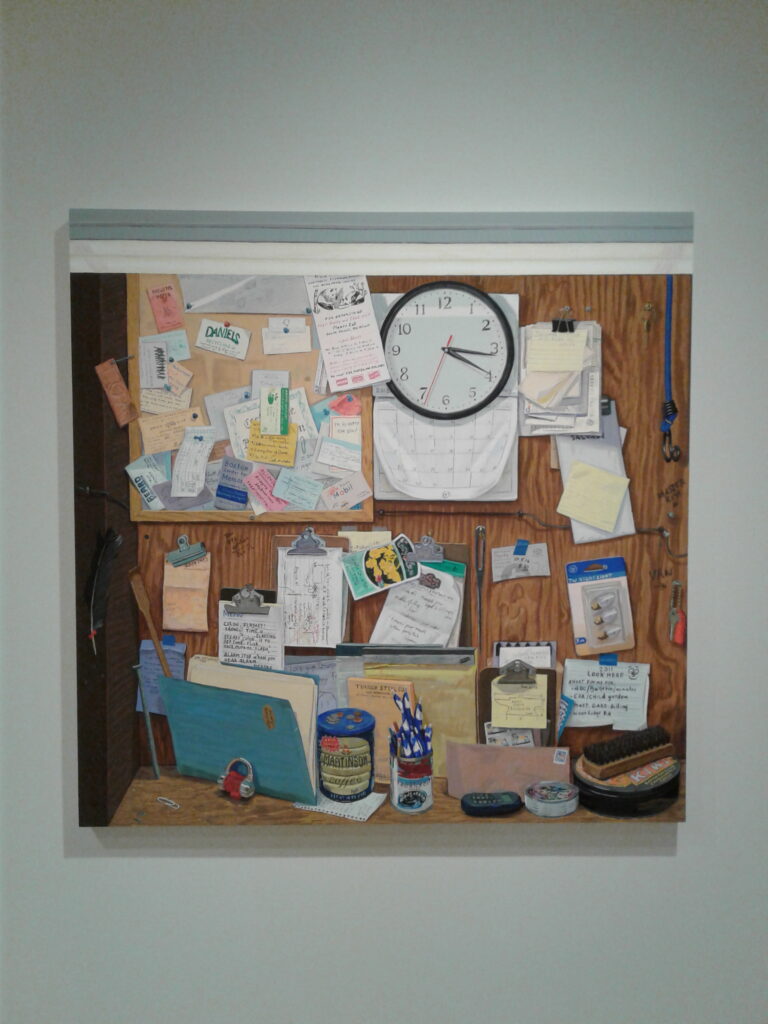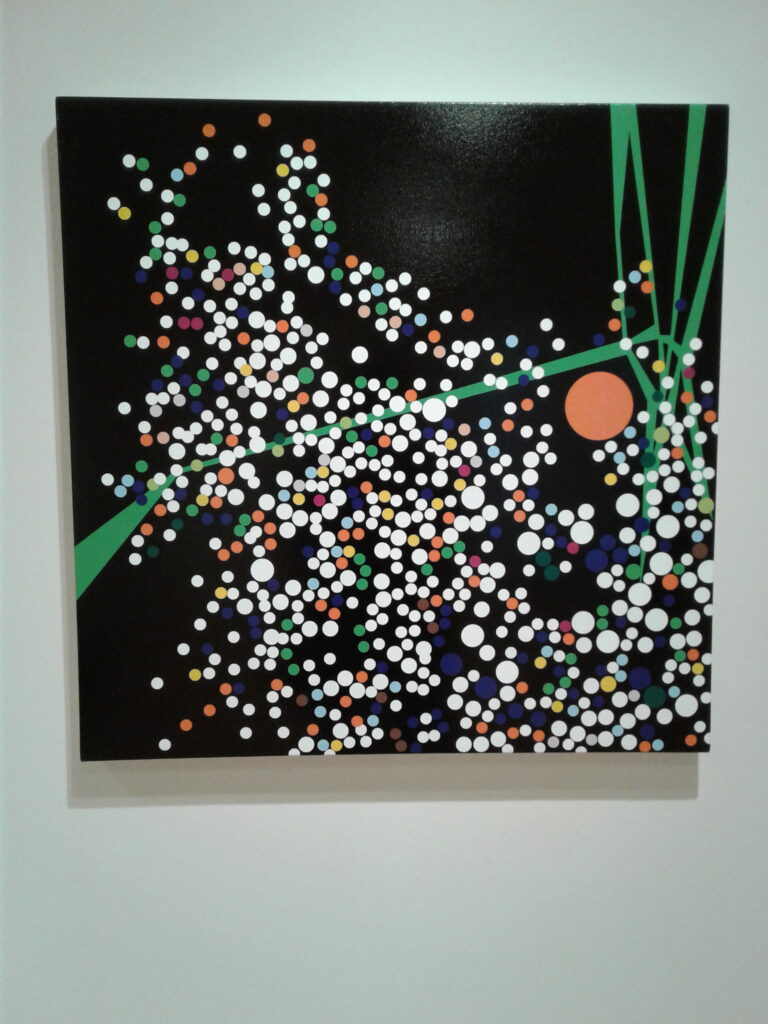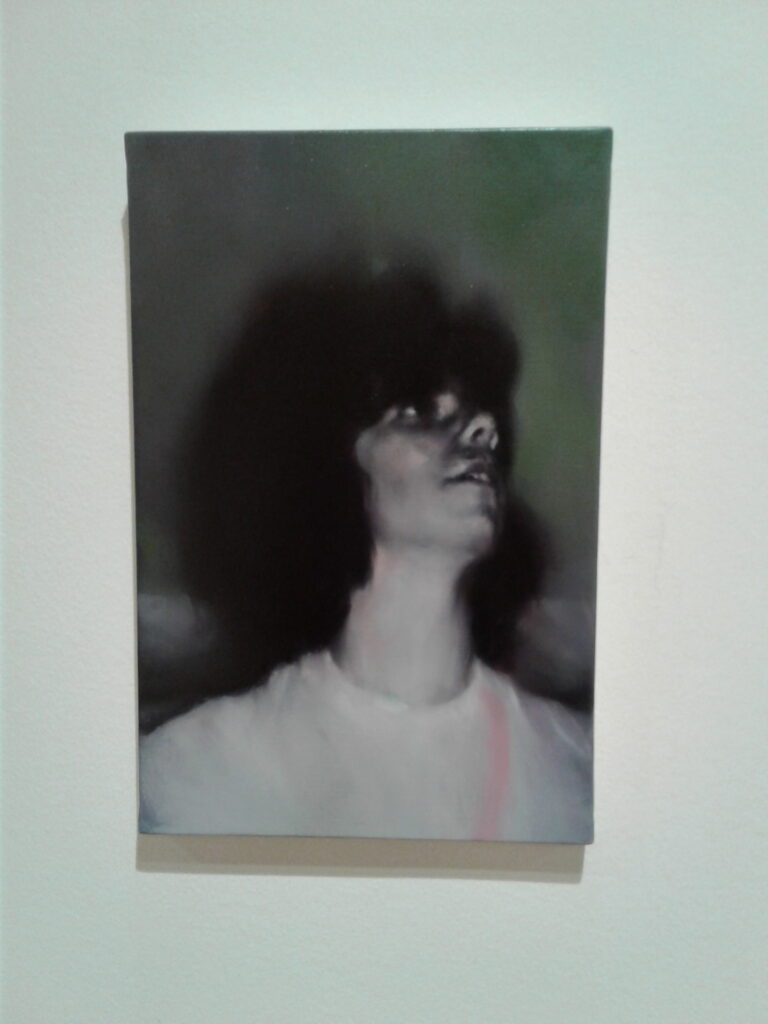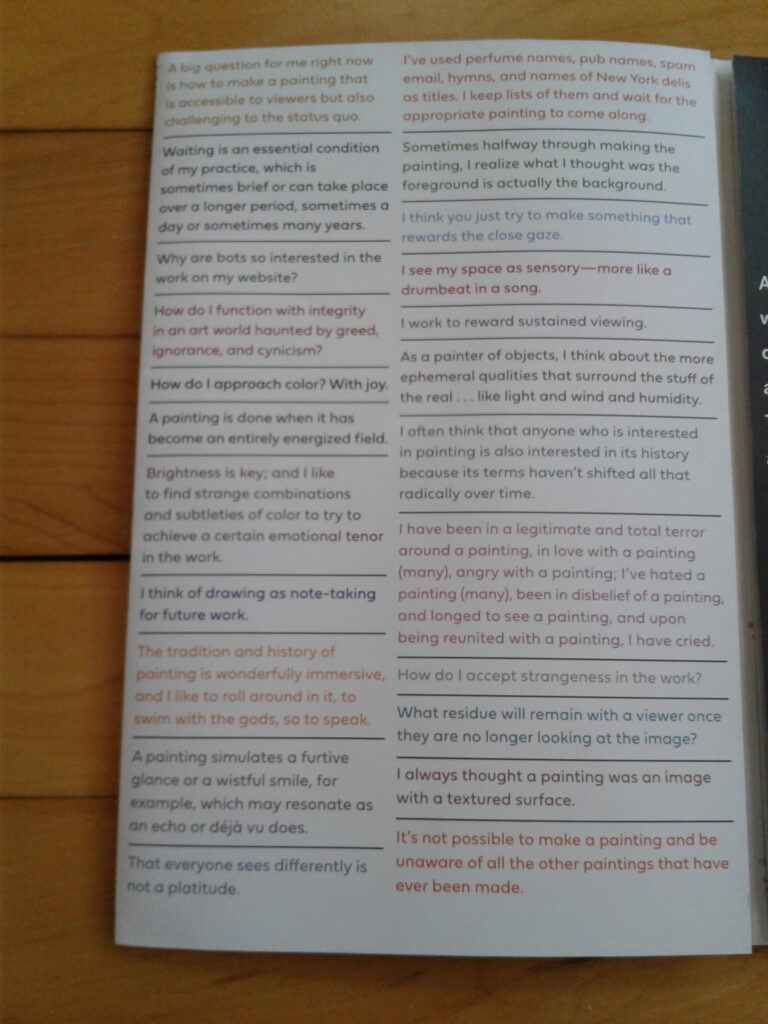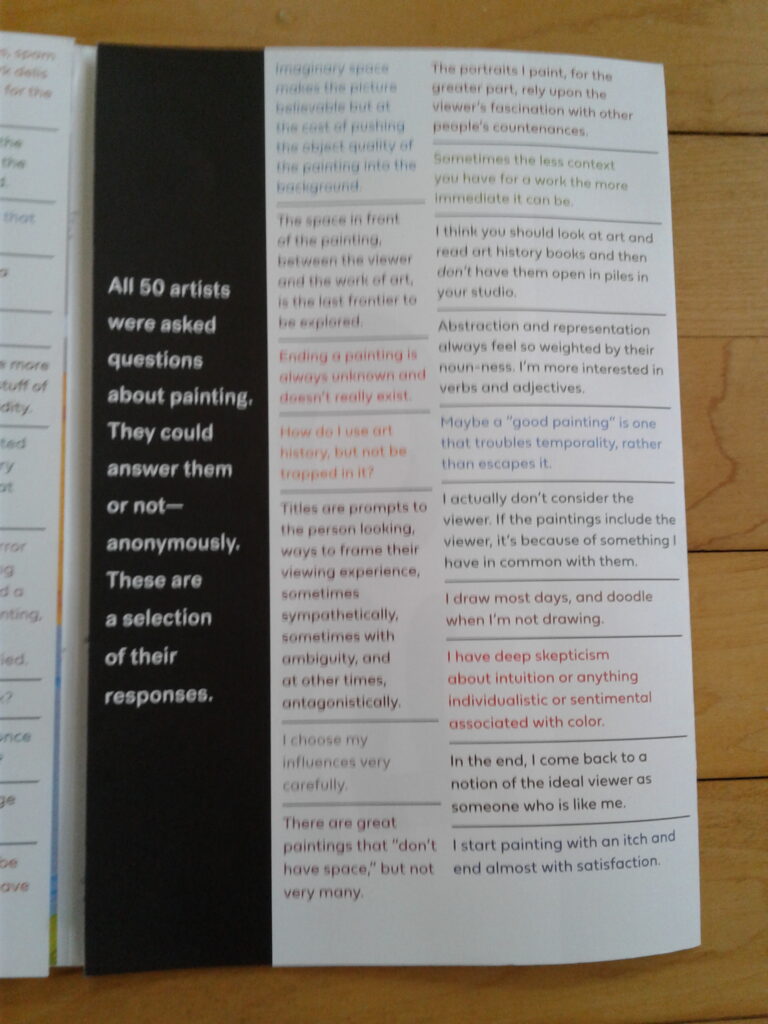Back in June I wrote about the future of these two fine museums and warned that their futures were in danger. Milwaukee County of course continues to be financially distressed and of course the arts are an easy target. Of course part of the issue (like the Milwaukee Public Museum and the late great Bradley Center) is no one ever wants to spend money on infrastructure repair and maintenance until the numbers are astronomical and then they want to walk away from it. I believe that the Mitchell Park Domes are still in a similar limbo.
But here is my previous article: The Future Of The Charles Allis and Villa Terrace Museums Has Reached A Tipping Point: We May Lose Them Forever. And the remainder of this article will discuss new information about offers from private firms to take over the real estate, but not the museums. And the most recent article from the Milwaukee Journal Sentinel (aka JSOnline): Villa Terrace, Charles Allis museums could be privately owned. I apologize, this seems to be behind a firewall. I will pull out what I need.
Two small publicly owned museums on Milwaukee’s east side could be converted into private businesses — a boutique hotel and an events venue — under a pair of new proposals.
Those ideas are competing with other plans to maintain the financially challenged Villa Terrace Decorative Arts Museum and Charles Allis Art Museum — while granting ownership of those county-owned museums to private, nonprofit groups.
Milwaukee County has contributed roughly $225,000 to Charles Allis and Villa Terrace operations annually since 2015.
The article talks about a number of options for the current non-profit that currently runs the two museums while the county continues ownership. But then decries that the county is once again in financial straits and can’t afford their $225,000 annual support. Of course that bit could probably be made up in private fundraising and donations, but this last bit probably is a push:
County Executive David Crowley’s administration favors a plan from Friends of Villa Terrace Inc. that would create a starting point for negotiations.
It would keep Villa Terrace, 2200 N. Terrace Drive, as a museum, with the county perhaps transferring ownership to the private, nonprofit group.
The friends group wants the county to provide $3 million over five years to address deferred maintenance at the century-old property.
The group also wants $125,000 over three years “to transition operations.” It would raise $1.5 million in private funds to create a $500,000 operating endowment and help pay for improvements.
The group is willing to discuss the future of the Charles Allis Art Museum, the report said.
If you caught that last line, their current proposal doesn’t include maintaining the Charles Allis Art Museum, the museum in this pair that has the better permanent collection. And the numbers being requested probably don’t fit in the county’s long or short term budget considerations.
And the proposal from the group actually running the two museums?
Meanwhile, Charles Allis and Villa Terrace Museums Inc. submitted a plan to continue the private, nonprofit group’s operation of the museums with county financial support.
That group wants $10 million for building improvements. It also proposes a “gradual stepdown” of the county’s operation funding over seven years.
“Ultimately this proposal received the lowest score due to the unrealistic capital request, the length of continued operational support, lack of fundraising goals, and no clear end to the County’s investment,” the report said. (emphasis mine) It also said the group has since discussed with county officials reducing its funding requests and other matters.
Charles Allis and Villa Terrace Museums Inc., which has operated the museums for 20 years, “has built an infrastructure of operational excellence on a lean budget,” responded Executive Director Jaymee Harvey Willms.
Unfortunately the scions of Milwaukee business that built these homes and then donated them to the public as museums are long gone and the firms that provided their wealth have disappeared as well, so no white knight’s are likely to appear on the horizon from that quarter. And let’s keep in mind that Wisconsin is 46th out of the 50 states in public funding for the arts and rumors persist that we are moving further down the list.
So the headlines talk about the buildings being sold to private business and the museums being shuttered. From my point of view, the worst case scenario but from the county’s point of view probably the most appealing. The one is for Villa Terrace alone and envisions the Bartolotta Restaurant group purchasing it and turning it into an event and restaurant space. And the other would take on both the Charles Allis as a boutique hotel and Villa Terrace as a related event space.
The Bartolotta plan?
Bartolotta Restaurant Group LLC, working with Delafield-based HF Hospitality, would create a plan for redeveloping Villa Terrace as a “high-end hospitality venue” — with Bartolotta buying the property for a price to be determined.
“Beyond any restaurant operations, if any, which would be open to the general public, Villa Terrace would continue to have public access through periodic tours at designated dates and times,” the report said. The building’s art would be returned to the county. (emphasis mine)
And the hotel/event space offer?
Dynamic Events LLC, an events planner, would use Villa Terrace as an events venue and the Allis Museum as a boutique hotel/guesthouse, with the room count to be determined.
The firm would buy the properties for $1 each, with the county also providing a $4 million, 20-year loan at 4% interest. Additional funding to redevelop the sites would come from the developer’s equity, a bank loan and historic preservation tax credits.
Dynamic Events owner David Caruso told the Milwaukee Journal Sentinel that his plan would “preserve both iconic landmarks in a way that they can benefit from each other — a boutique hotel and a private/public event venue.”
$1 each? How magnanimous. And you can’t come up with $4 million on your own? If this is such a good idea you can finance this privately and pay the county what the properties are worth. If the county can’t see fit to support a public treasure they have no business supporting a private business.
So where are we?? It seems we are still in the early stages of discovery but to me the only answer is finding a way to maintain these two museums as museums. Whether that is continued through improved county support or a new and improved county/non-profit effort or whether we find find new resources for the non-profit currently running it I don’t know. But I can’t accept the loss of more cultural sites in our area.
And there was just a short mention that I included above and highlighted that really needs to be discussed. What happens to the permanent collections of art housed in these two museums if they are closed and sold? Given the county’s lack of will and foresight in preserving public infrastructure, I don’t currently trust them as being proper caretakers of our heritage. But that’s a conversation that I hope we don’t need to have.
